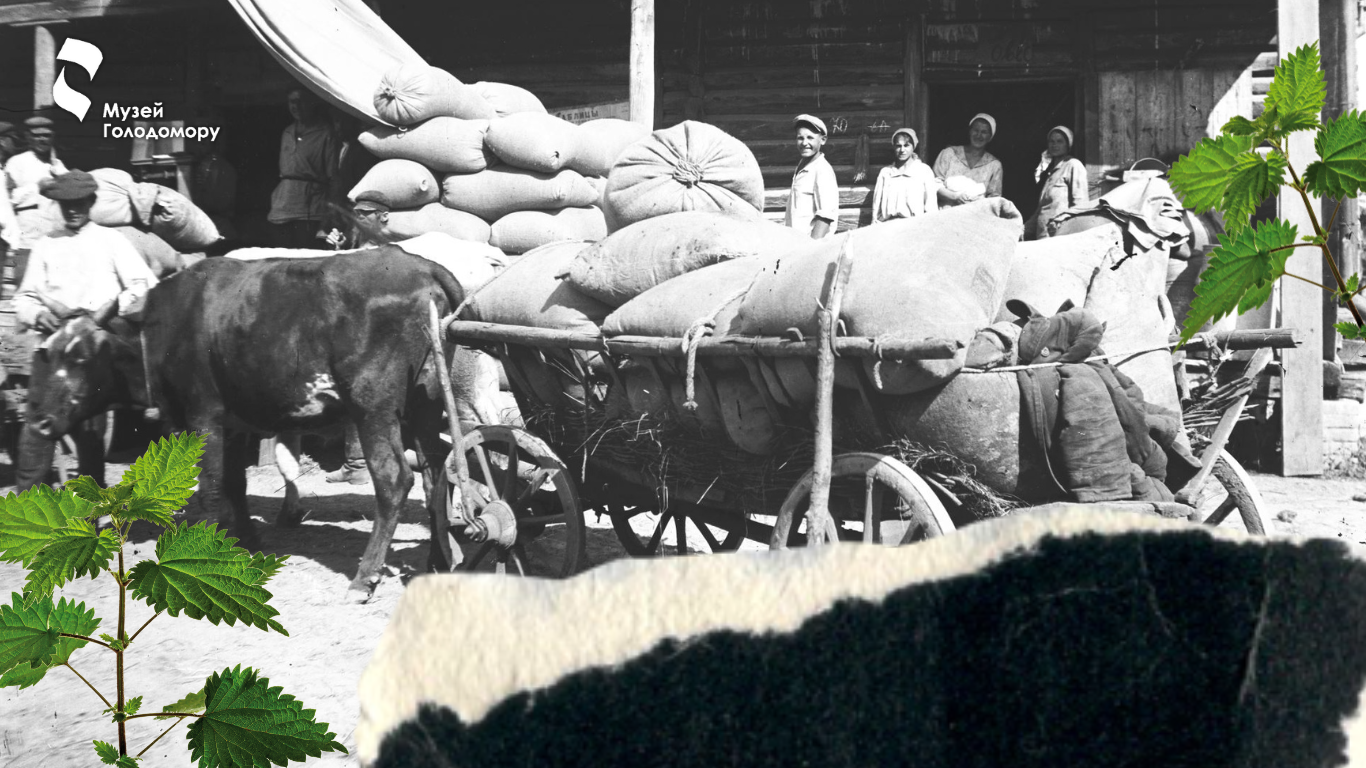Museum received the memories of Holodomor witnesses from the Vinnytsia region
The testimonies of the residents of the villages of Salyntsi and Maryanivka, located in the Vinnytsia region, were handed over to the Holodomor Museum. These memories of the Holodomor of 1932-1933 were collected and carefully preserved by local librarian Zoya Zakharova. Liudmyla Hararuk brought the materials to Kyiv and gave them to the museum.
Among the collected materials, there is a particularly valuable list of the inhabitants of the village of Salyntsi who died of hunger, written down from the words of Mykola Ivanovych Kwasniewski, who worked as the head of the village council in Salyntsi. In total, there are over 130 people in this village martyrology. It is worth noting that the village of Salyntsi is not mentioned at all in the “National Book of Memory of the Holodomor Victims of the Vinnytsia Region”, so the given list of victims will allow the names of dozens of people to be brought back from oblivion.
Here is what Anelia Frantsivna Bondarchuk, born in 1914, recalled about those times:
“A rumour spread through the village that a brigade of activists were going around the villages, taking stock of food and livestock. Our parents kept the cow, so they led it into the forest and slaughtered it there. That meat was hidden in the cellar, the entrance to which was in the house. The brigade still found the beef, took everything away, and even leftovers from the cups.
Our parents buried three barrels of wheat at the entrance to the barn. When the brigade was searching, one of its members fell into the ground because one of the barrels had rotted and broke under his weight. They took away all the grain, leaving not a single grain.
All the residents went to collect skoyka [river mussels] in the Southern Buh River. They were fried in a tin and eaten. They did not dig potatoes in the autumn because they knew they would be confiscated. In the spring, frozen and rotten potatoes were mashed, and pancakes were baked.
Pancakes made from brewery pulp and green sprouts of spring wheat were delicious. Jews from Bratslav exchanged potato peels for clothes. We stole sugar beet from the field and ate it raw.
In the collective farm, they did not give money, but for a trudoden (Eng: a working day), they gave a two-hundred-gram loaf of bread, which contained more millet than wheat. For one full day of work on beets, they gave a small bowl of kulish.
Our father died in the spring. For lunch, we cooked green borscht with nettles, and with that, the funeral was made.”
According to the data of the Semensk Starostyn district, only 48 people live in Salyntsy today and 42 in Maryanivka.
We are sincerely grateful to Zoya Zakharova, who recorded the memories of Holodomor eyewitnesses from these villages, and to Liudmyla Hararuk, who contributed to the transfer of testimonies to our museum.
A photo of the Central State Audiovisual and Electronic Archive was used for the collage.
